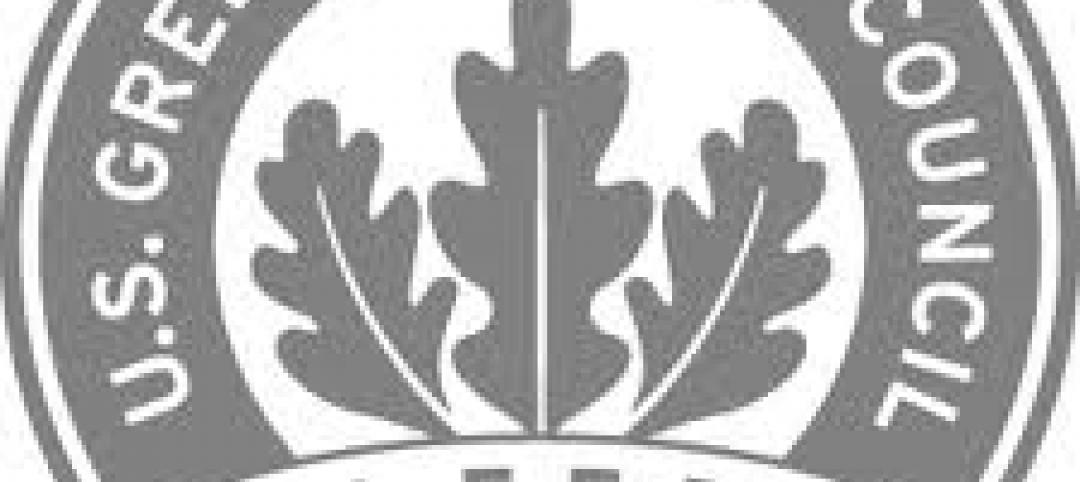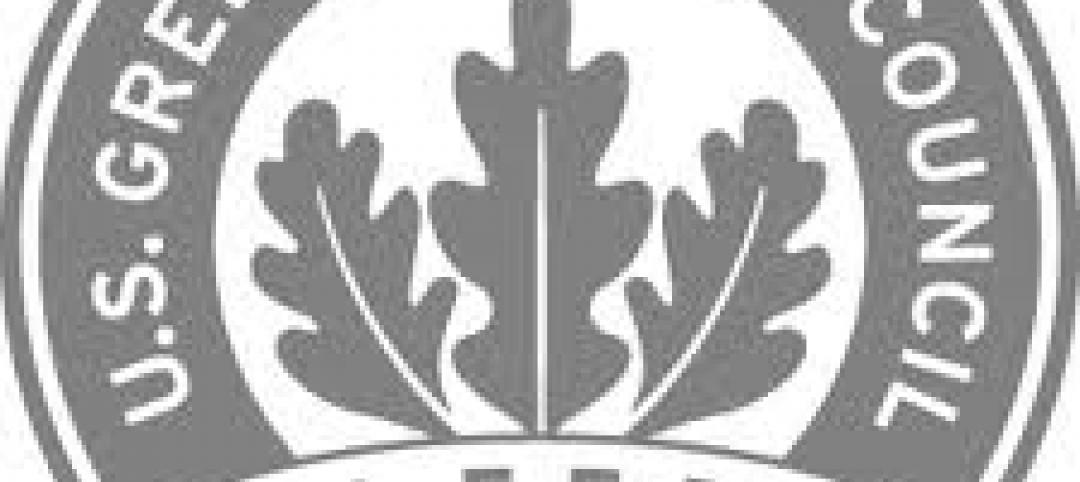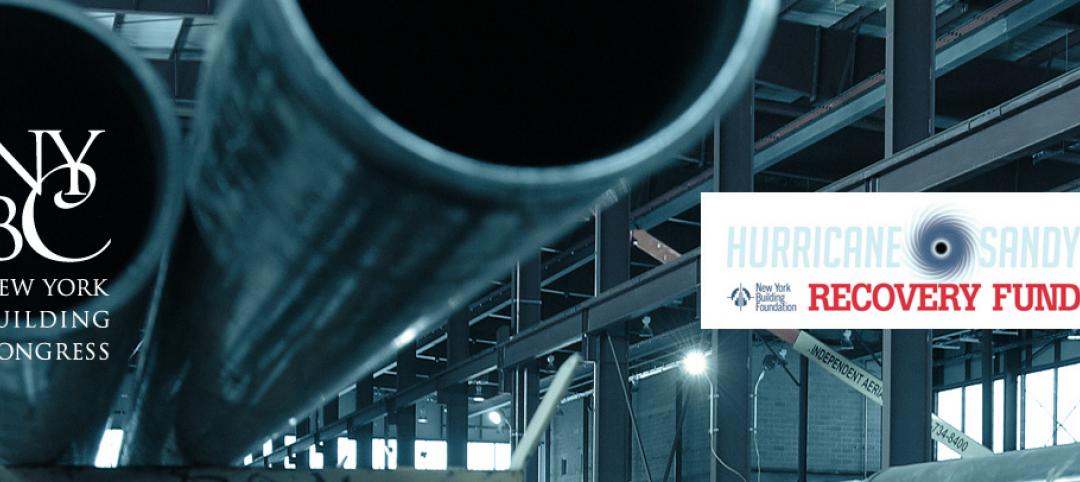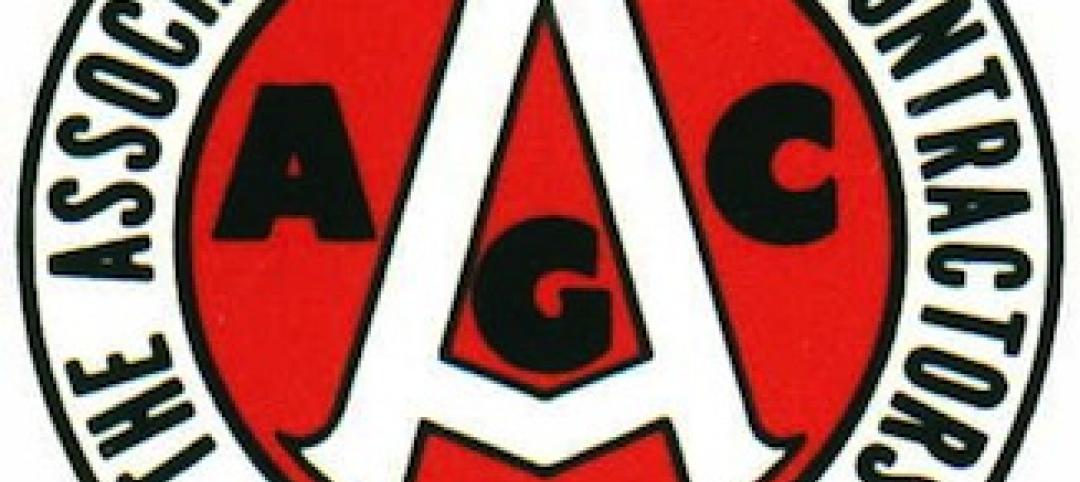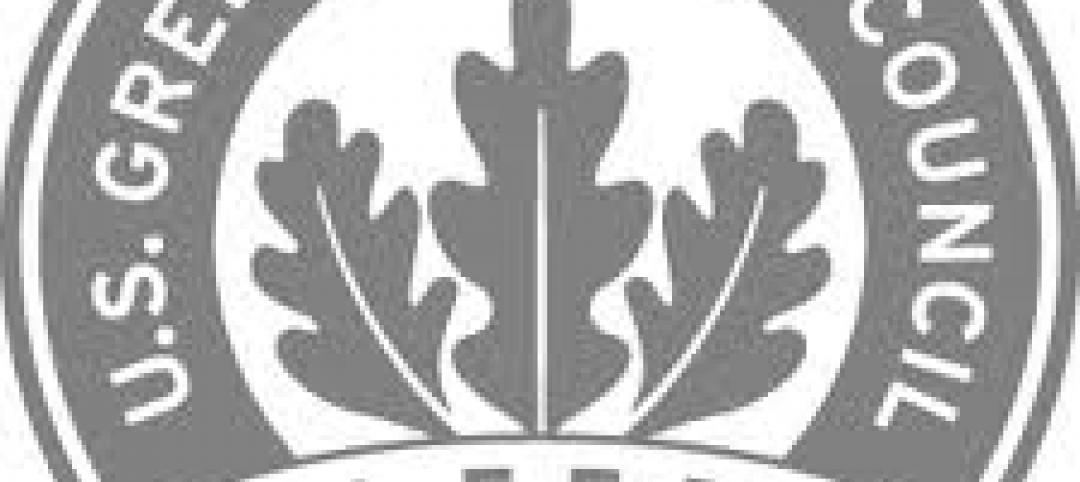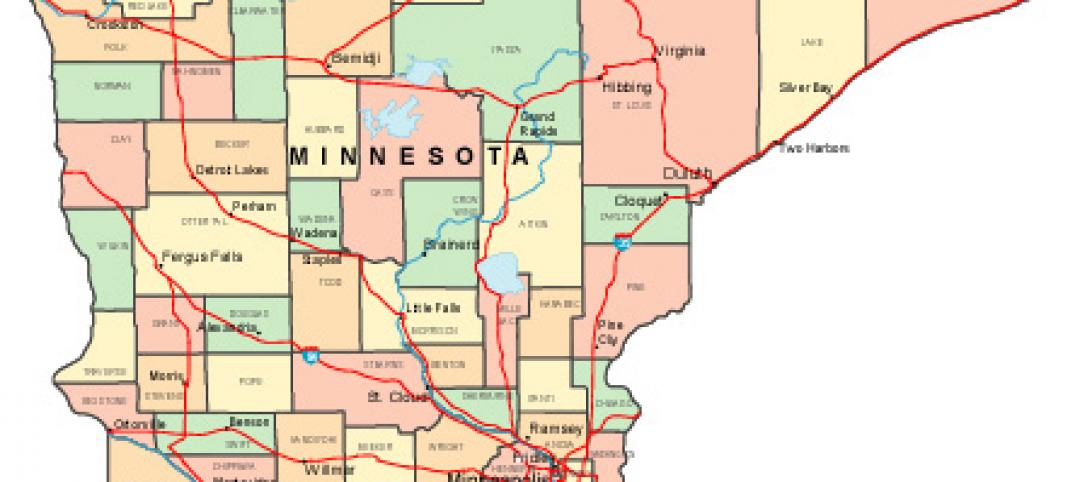A new publication is intended to help build K-12 schools with advanced levels of energy savings.
Advanced Energy Design Guide for K-12 School Buildings – Achieving Zero Energy, is a joint effort by ASHRAE, AIA, IES, and USGBC, with support and funding from the U.S. Department of Energy (DOE) through the National Renewable Energy Laboratory (NREL). It is the first in a series of guides that is tailored to the design and creation of zero energy buildings.
“The guide builds upon the popular 50% advanced energy design guide series with new and updated recommendations on energy efficiency,” says Paul Torcellini, project committee chair. “Additionally, it provides guidance for on-site renewable energy generation and establishes a set of energy performance goals for achieving zero energy. The goals are provided for all ASHRAE climate zones, in both site and source energy.”
How-to tips provide guidance for specialty areas—building and site planning, envelope, daylighting, electric lighting, plug loads, kitchens and food service, water heating, HVAC, and renewable generation. The document provides guidance on how to connect zero energy and teaching and learning.
Related Stories
| Dec 7, 2012
San Francisco real estate records will include ‘green labels’
Ecologically-sustainable building practices, or “green labels,” will now be included on official land records maintained by San Francisco.
| Dec 7, 2012
Tokyo’s Green Building Program has reduced power consumption by 20%
Tokyo city officials calculate that its Green Building Program reduced energy consumption by 20% since its inception, a statistic they identify as the reason the power stayed on during the 2011 earthquake.
| Dec 7, 2012
New flexible options make achieving LEED certification easier on projects outside the US
A new set of Global Alternative Compliance Paths, or Global ACPs, are now available for all commercial projects pursuing LEED green building certification using the 2009 versions of the rating systems.
| Nov 29, 2012
New York contractors say they will pay tax despite a court ruling that the tax is unconstitutional
The New York Building Congress says it will voluntarily pay a tax declared unconstitutional by the courts because, it says, the money is vital to maintaining the city’s transportation infrastructure.
| Nov 29, 2012
Storms like Sandy highlight the need for stricter codes, says insurance expert
Experts on insurance, weather, and catastrophe modeling say the role of climate change in Hurricane Sandy and future storms is unclear.
| Nov 29, 2012
Quake simulation to test concrete building's strength in California
Researchers aim to gauge how buildings constructed with reinforced concrete withstand an earthquake by conducting a simulation test at a two-story building built in the 1920s in El Centro, Calif.
| Nov 29, 2012
AGC offers stormwater compliance webinar
An effective document management system is necessary to stay in compliance with new and forthcoming stormwater runoff requirements, says the Associated General Contractors of America.
| Nov 29, 2012
Government policies help accelerate adoption of green building
Green procurement policies or green building mandates can help accelerate the adoption of green building practices, according to research by Timothy Simcoe and Michael Toffel.
| Nov 26, 2012
Minnesota law to spur development, job creation produced few jobs
Legislation that allowed local governments to direct excess property tax dollars from tax-increment financing districts into other private developments was supposed to kick-start construction hiring in Minnesota.



